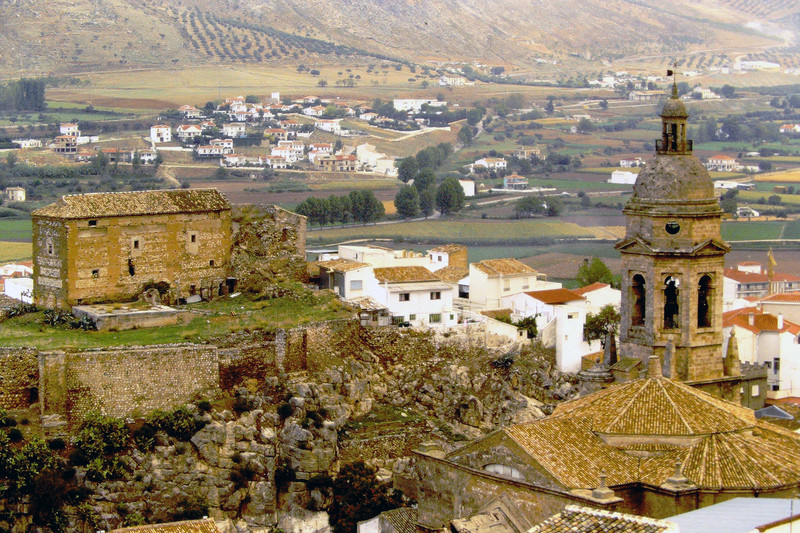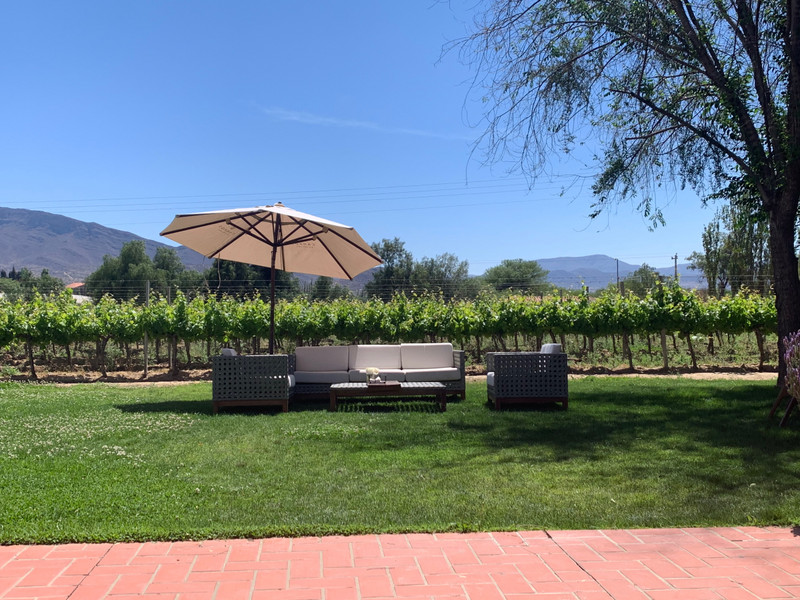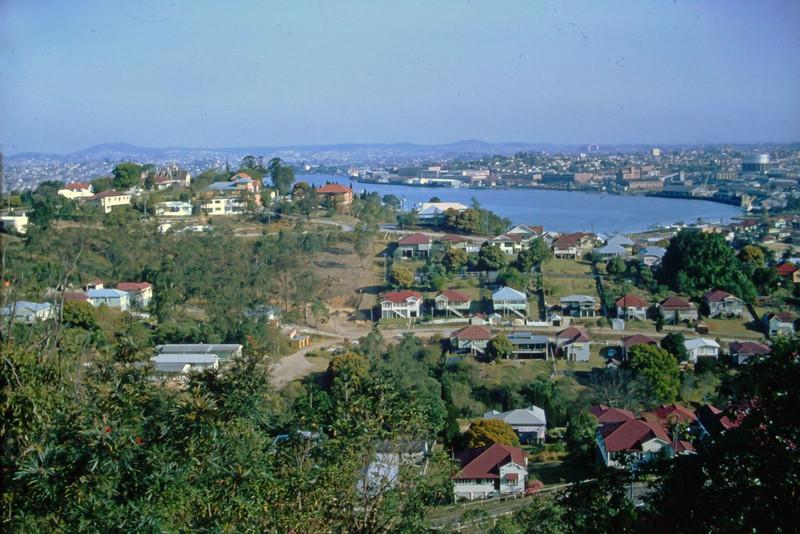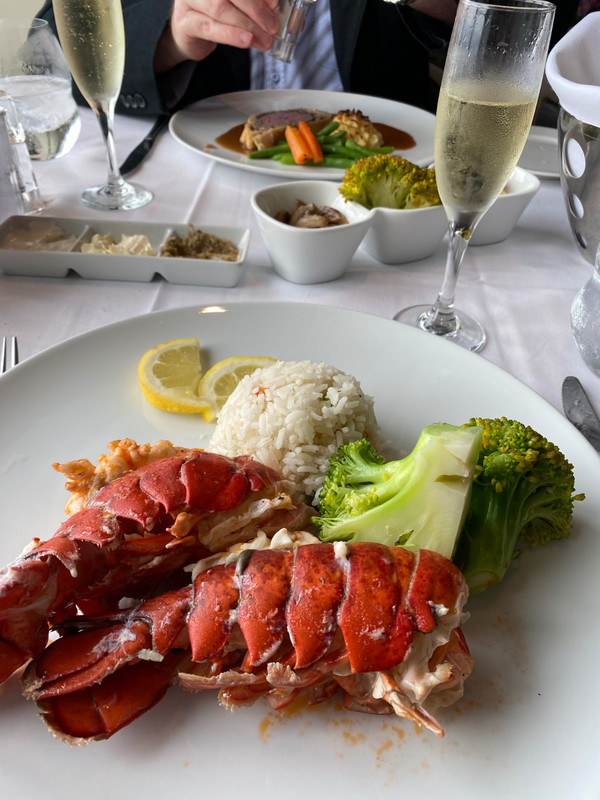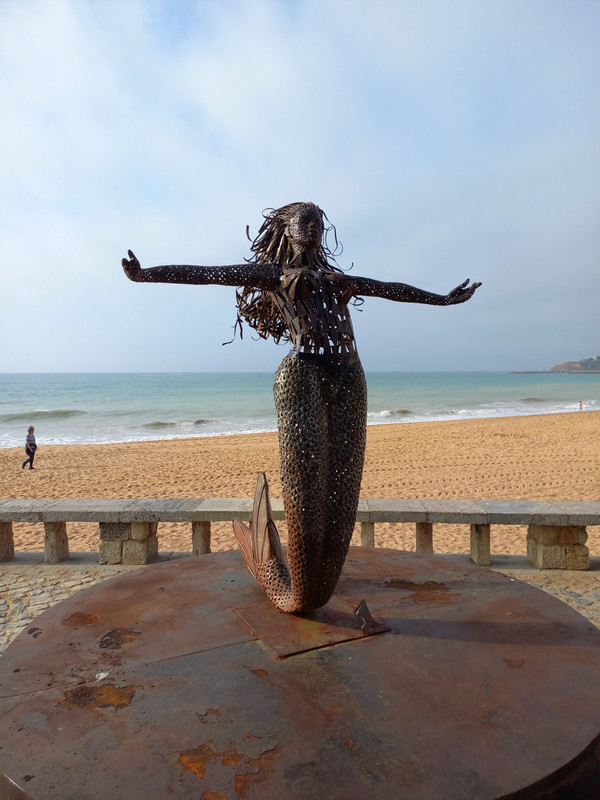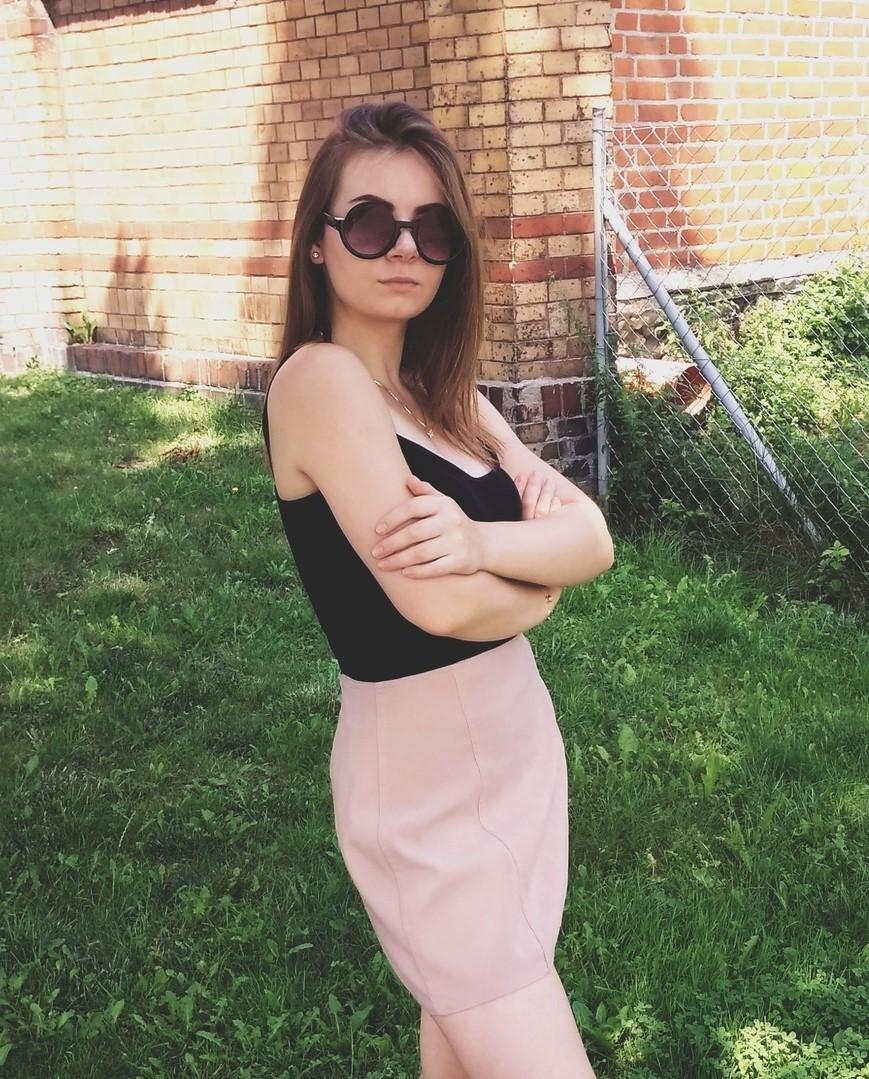My tour of the Alhambra had a rough start. A stomach upset from the shrimps I thoroughly enjoyed for lunch on my last day in Morocco kept me close to the hotel for a whole day. That or something else morphed into a terrible cold overnight, when the temperature in the hotel room was far below tropical paradise levels. Feeling cheated of a portion of my holiday, I stole a toilet roll from the bathroom and chose a seat at the back of the tour bus for the ride from Torremolinos to the Alhambra , a castle originally built when the area was Islamic.
Out the window, the terrain was picturesque, except for those places were people on top of the hills treated the steep cliffs as garbage dumps, a strange practice in a area. Shutting my mind to that, I marvelled at the thick vegetation, both trees and bushes. Occasional towns were situated in the wider valleys.
At the Alhambra, we moved from the austere outer walls of a fortress through a strong, heavy gate into a beautiful palace designed for restful peace. Since Morocco, I was used to the design being on the
upper part of the walls and on the ceiling. If you are sitting on the floor (on cushions and carpets), your gaze naturally rises. The walls were carved with texts from the Koran in highly stylized calligraphy or with fruits and flowers on a background of swirling shapes. Many ceilings were intricately carved like multitudes of chandeliers. Because originally Arabic countries were deserts, paradise is conceived as a lush garden, and because the use of the human figure was discouraged, the representation of gardens in art was a form of reverence. Andalusia must have seemed like heaven, since it has such a lush environment.
The extensive gardens for the palace were wonderfully serene. We naturally fell into silence. One reflecting pool made us want to stay for hours. The long pool lined with greenery and benches was perfect for contemplation. The sound of trickling water and soft fountains in the background calmed the mind and spirit.
